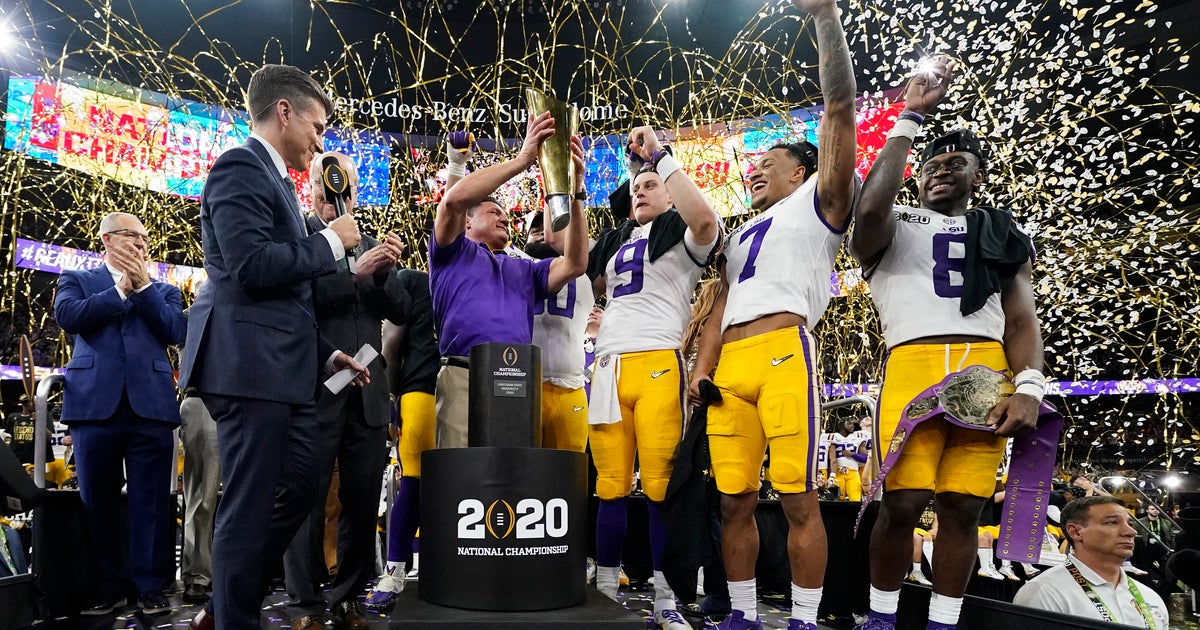Return of college athletes gives glimpse of back to school


Late last week, Clemson announced 28 athletes and athletic staffers had tested positive for COVID-19.
On Saturday, Kansas State said it was shutting down its voluntary workouts for athletes at team facilities after a spike of 14 positive cases.
And on Monday, Notre Dame reported one positive among 91 tested football players, Wisconsin had two positives among 117 athletes tested and Iowa’s latest round of testing found nine positives among 40 overall.
As colleges and universities ponder how to reopen campuses to droves of students during a pandemic, sports programs around the country are providing a daily glimpse at the challenges that lie ahead — and maybe some solutions.
“When you’re thinking about athletes, people are very worried about sports and the close contact they have. And there’s a little bit less concern when it comes to the general student body because of their interactions being different,” Dr. Amesh Adalja, a senior scholar at the Johns Hopkins University Center for Health Security and a member of the NCAA’s COVID-19 advisory panel. “But I do think it speaks to the fact that the colleges are going to have to come up with a plan for dealing with these cases.”
With an eye toward preparing for competition in a couple months — the major college football season kicks off in most places around the Labor Day weekend — athletic departments began bringing groups of athletes back to campus June 1.
The goal is to create something of a bubble around players, using frequent testing to catch positive cases and contact tracing and quarantining to mitigate spread.
Positive tests were anticipated, and they should be when the rest of the students come back. For athletes, the hope is by mid-July football teams will be able to move into larger group activities, then full-blown practices in early August.
To do so, athletic administrators and coaching staffs are stressing to players that there is only so much that can be put in place to protect them from contracting coronavirus. Some of it is on the players themselves.
Kansas State University athletic director Gene Taylor told The Athletic a spike in cases might have had two causes: A small number of athletes not completing their quarantine after they arrived on campus and been tested, and then that group joining some other athletes in attending an off-campus party.
“It wasn’t that they did anything on purpose. They just weren’t taking it serious,” Taylor told The Athletic.
The University of Houston suspended its voluntary workouts on June 12 after six athletes tested positive with symptoms.
Not every school is revealing testing results. There have been no reports of athletes being hospitalized.
College students, and especially college athletes, are mostly among the lowest risk groups for becoming severely sick or dying from COVID-19. For most athletes, the greater personal risk is being sidelined from competition or possibly infecting teammates and causing an outbreak that disrupts a season.
The average student isn’t facing that type of pressure to take precautions, which worries Dr. Greg Stewart, the team physician for Tulane athletics.
“The general student population, it’s not that they are not going to care, but they’re not going to care as much,” Stewart said. “It’s not going to be the same for them as it is for the football team.”
Setting up protocols for the return of athletes has been a campus-wide project, extending outside the athletic department at most schools. Stewart said he speaks with speaks with Tulane’s director of student health at least once a week.
“They’ve got access to some resources that under normal circumstances we wouldn’t have access to,” Stewart said. “We’re doing things that they haven’t done yet.”
The reports of positive tests can be jarring when the numbers are large like Clemson had last week. LSU would not confirm to AP a Sports Illustrated report from this past weekend that about 30 athletes were in isolation or quarantine, but a school official said the number did not cross a threshold to force workouts to be shut down.
“What we have right now is quite manageable,” said LSU senior associate athletic director of Health and Wellness Shelly Mullenix.
Adalja said managing the virus on campuses should be the goal for every school. Using the same volume of testing being used for athletes is not realistic or warranted for an entire student body, he said.
“There has to be some degree of risk tolerance that’s going to have to be in place,” Adalja said. “If we’re going to open colleges there has to be some understanding that we’re going to get cases. Hopefully, we’ll be able to keep them from causing outbreaks on college campuses based on other layers of mitigation that will be in place, meaning isolation and contact tracing, all of that.”







